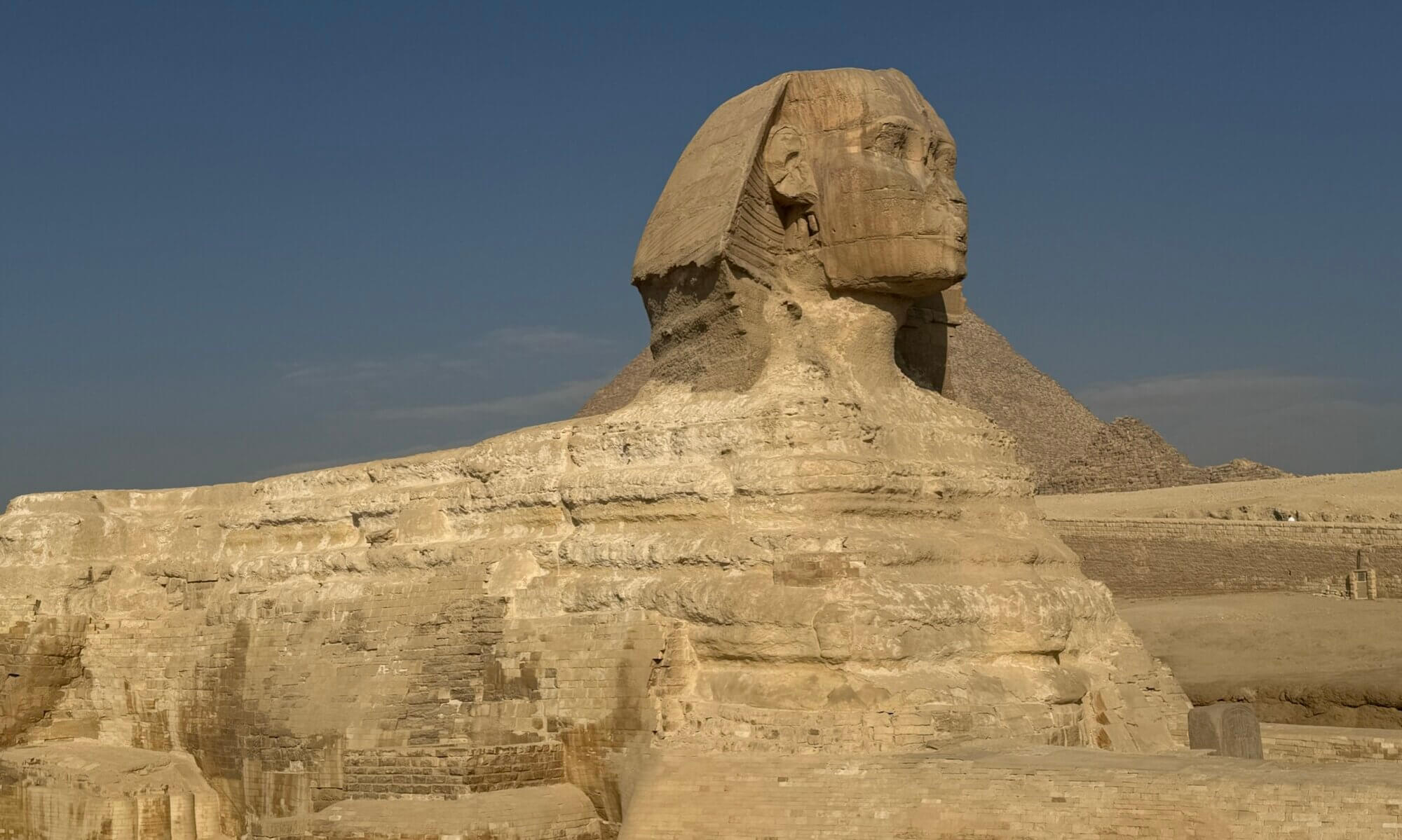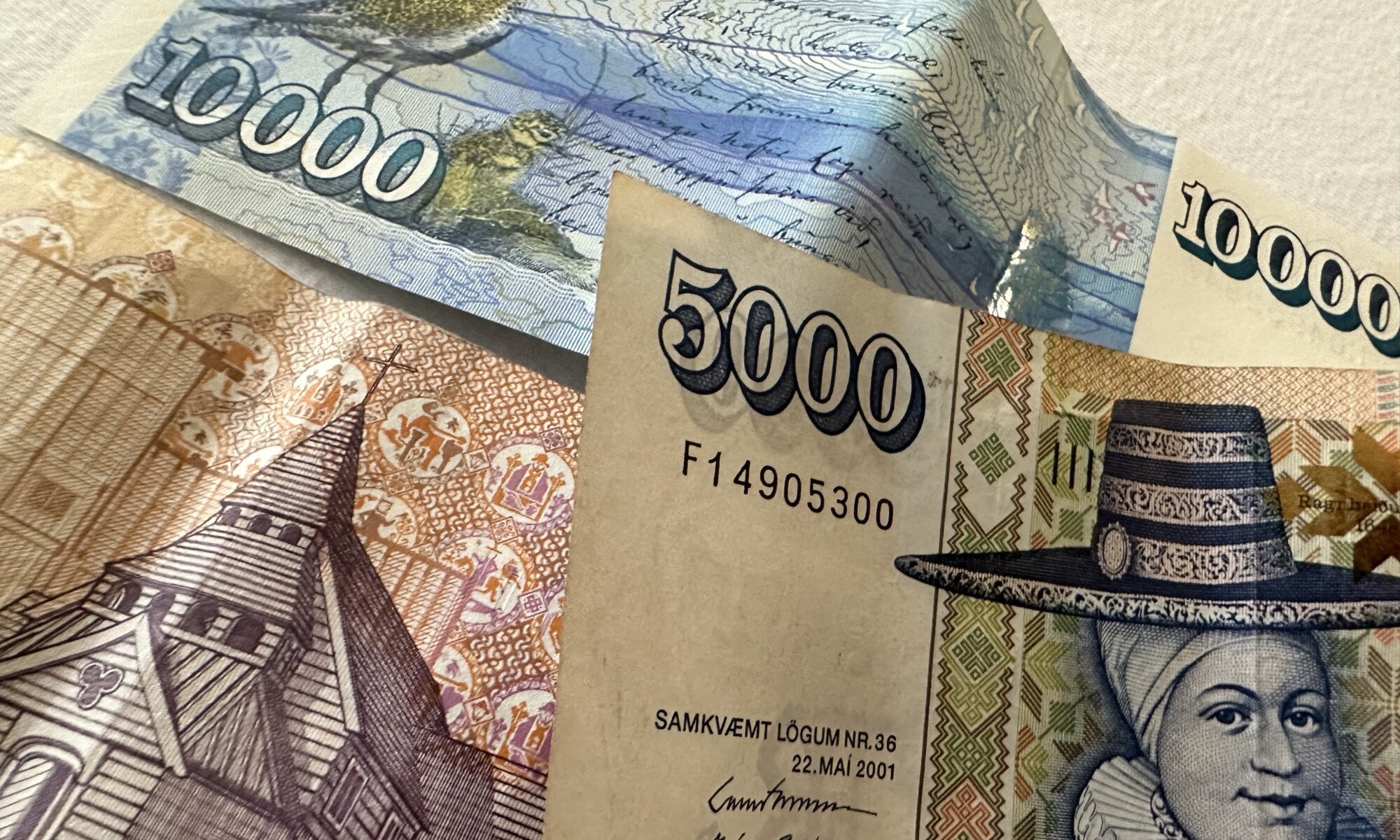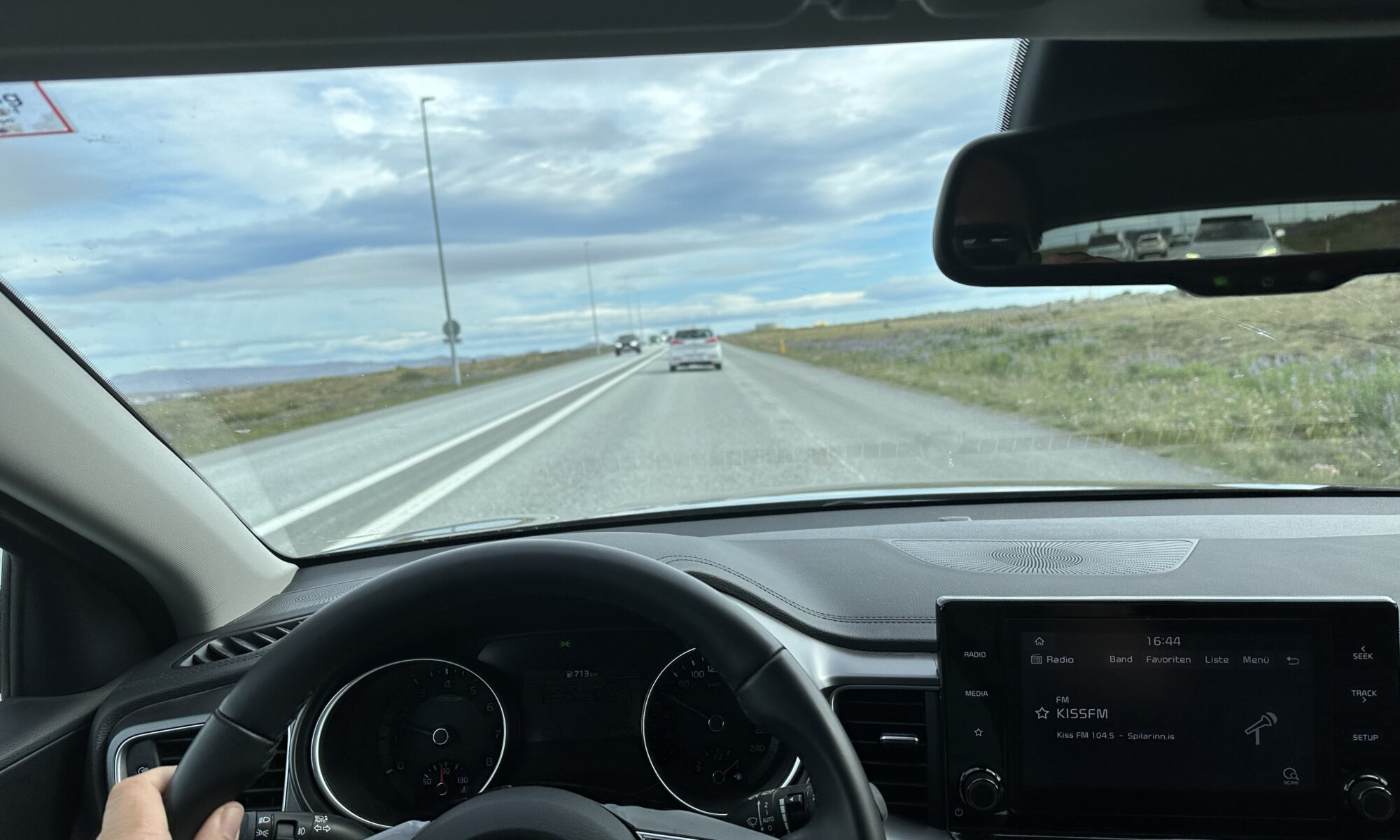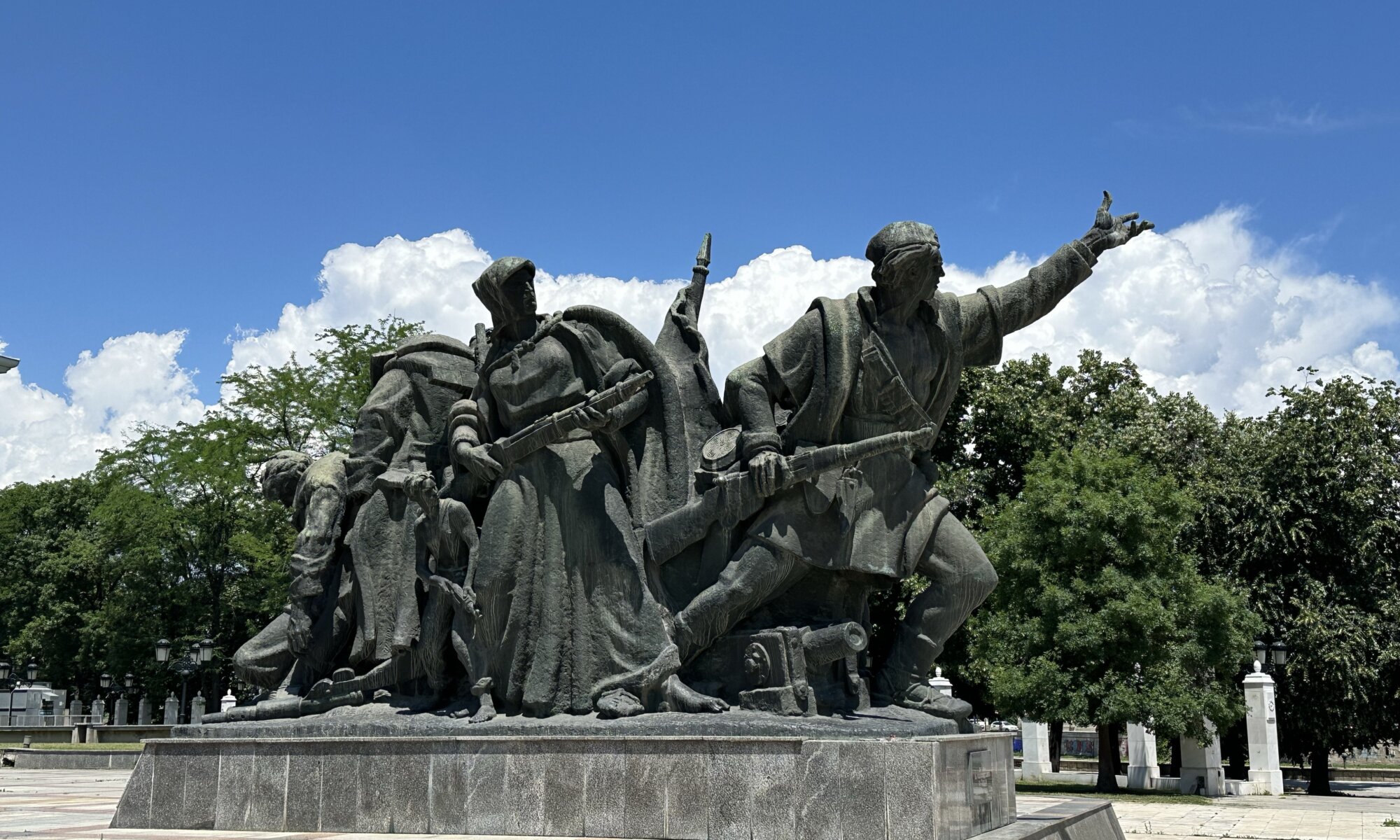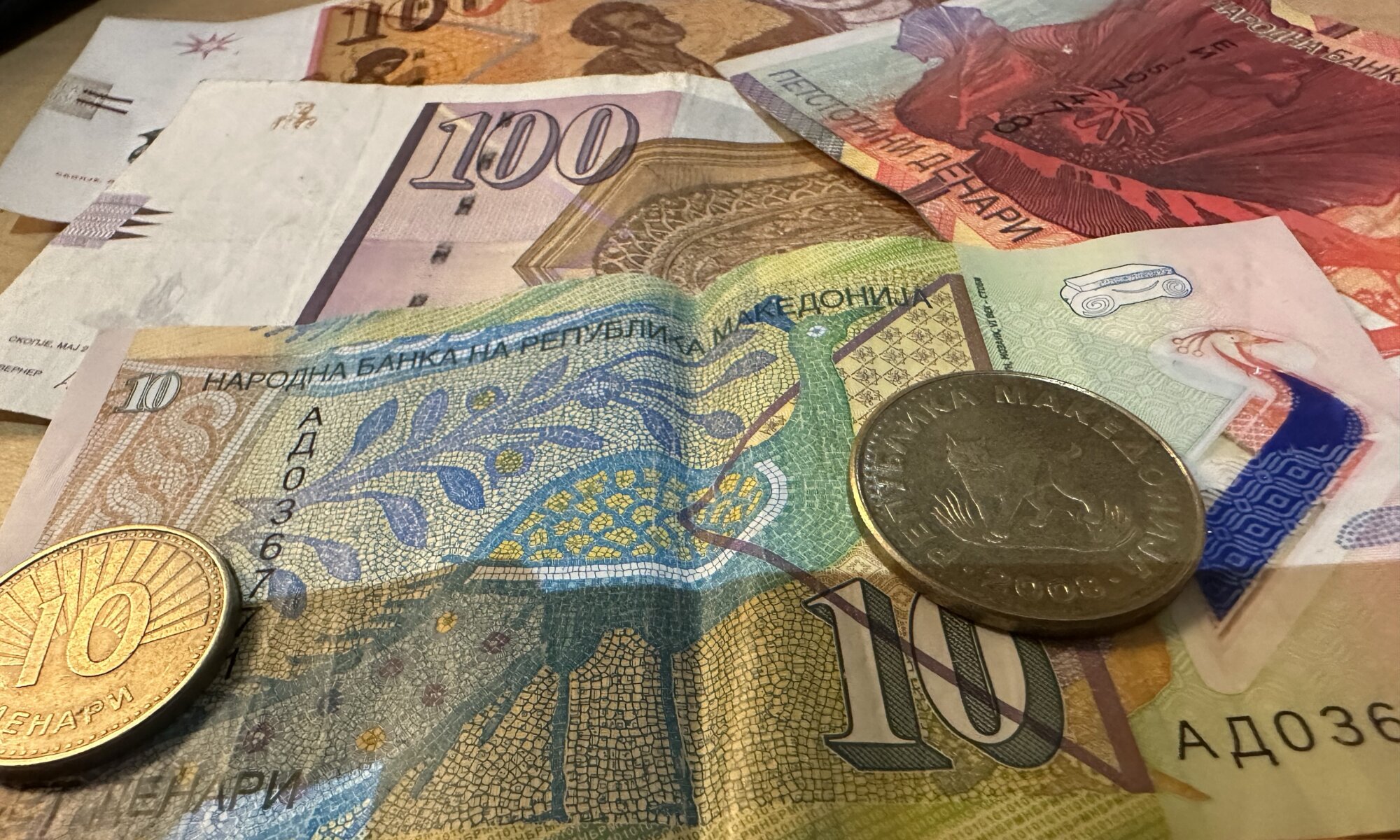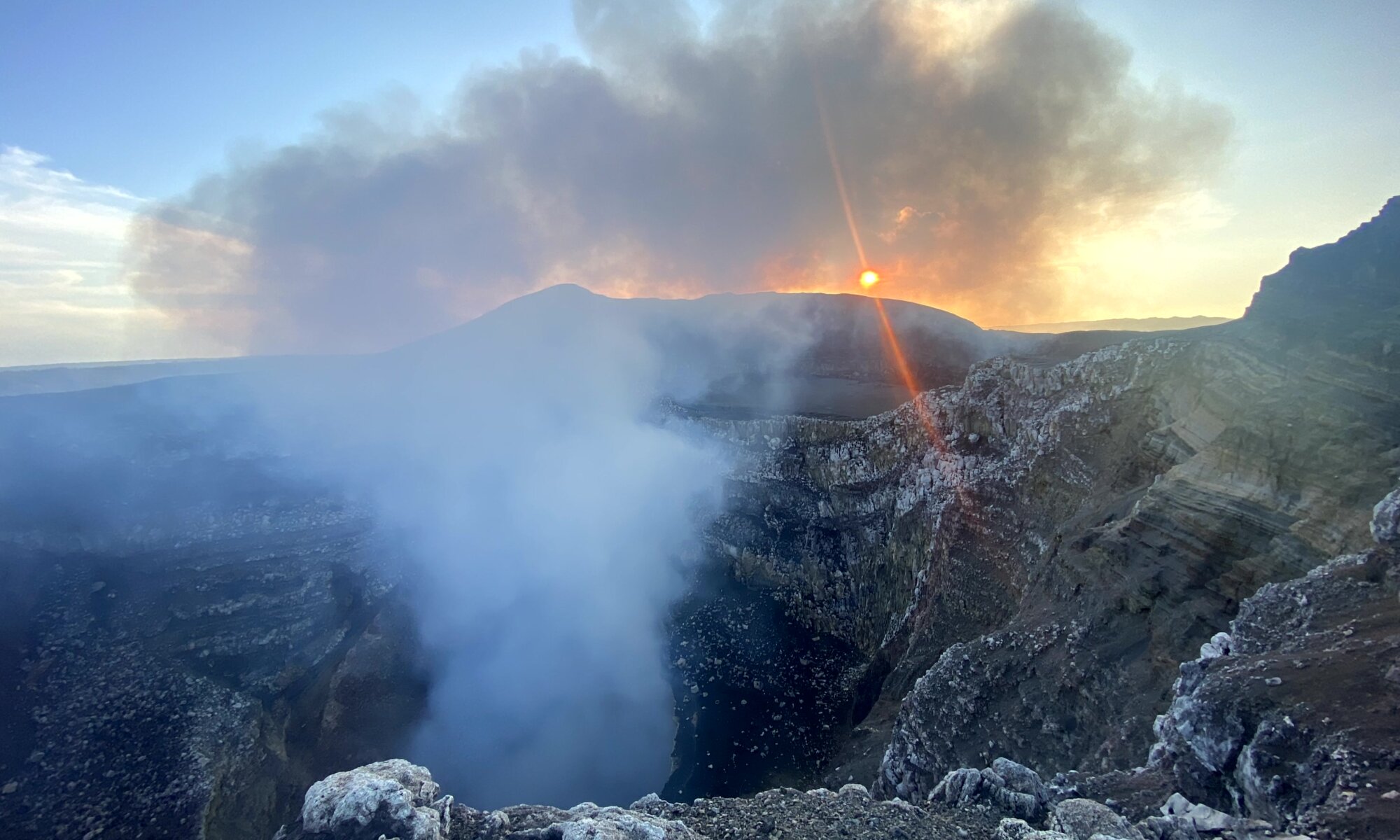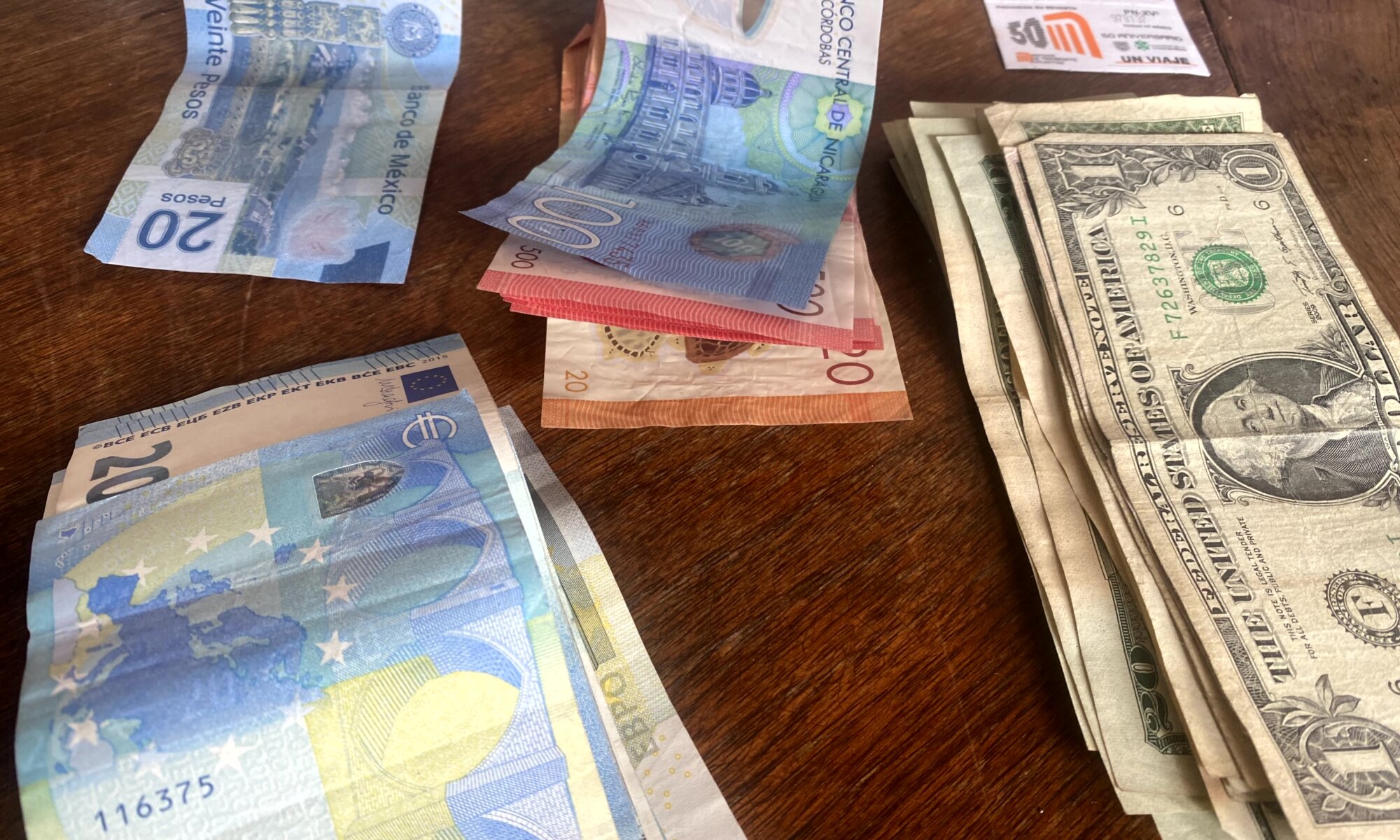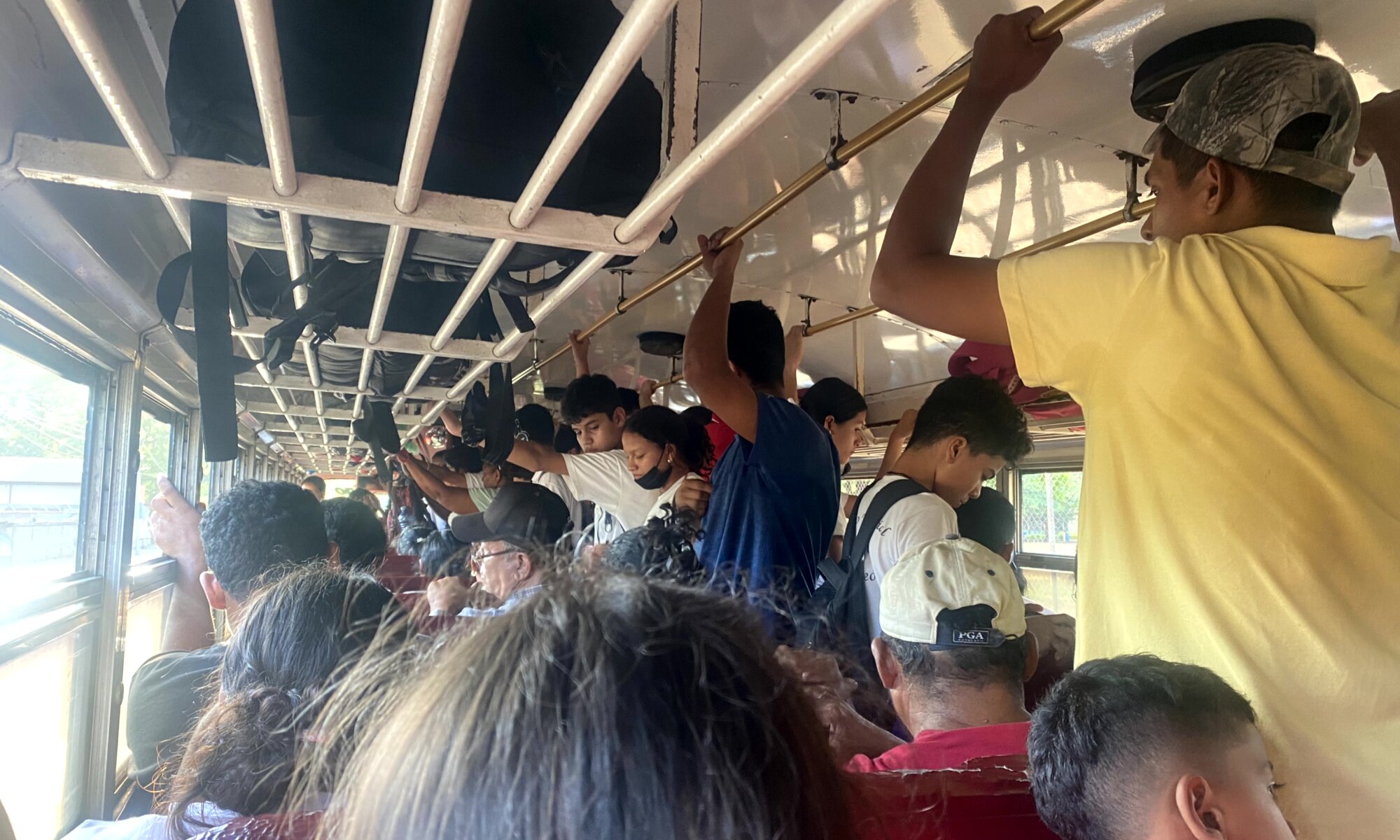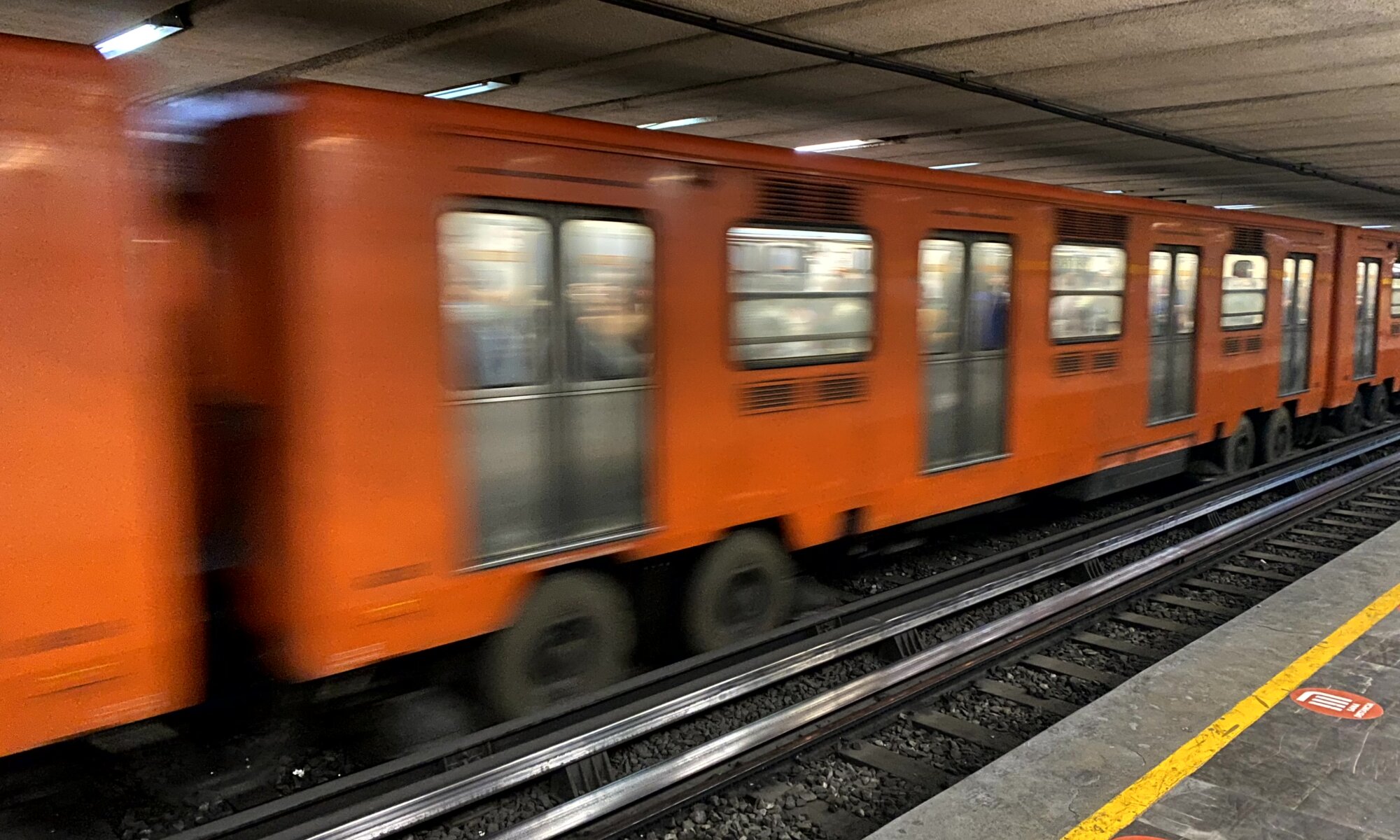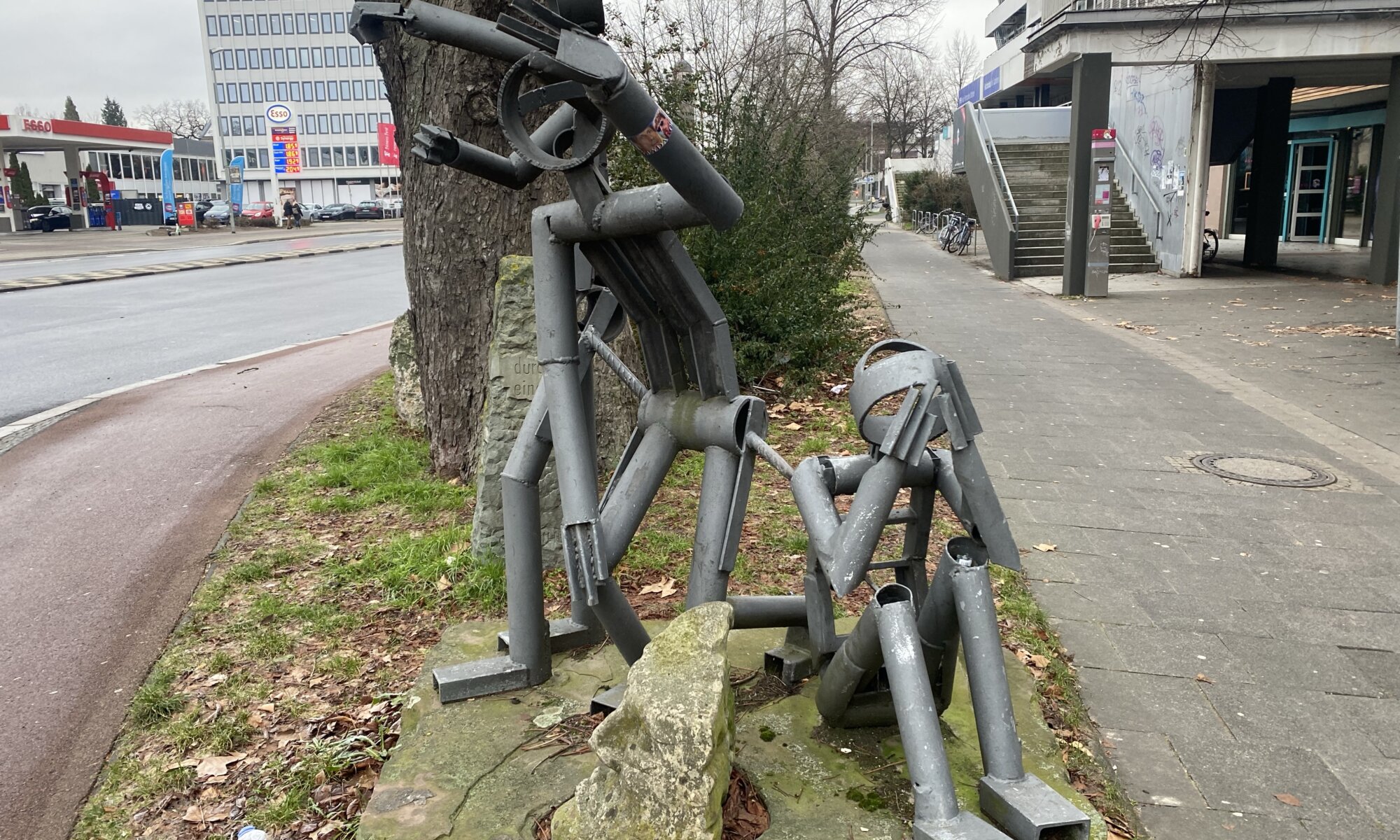The currency of Iceland is the íslensk króna (ISK). When in 1918 the island became independent from Denmark this currency was introduced. Typical bills circulating are of 10,000, 5,000, 2,000, 1,000 and 500 ISK value. An íslensk króna is divided into 100 Aurar but these coins don’t exist anymore; you might typically receive coins with the value of 50 or 100 ISK during your journey. If you want to withdraw cash you’ll find sufficient options, already at the Keflavíkurflugvöllur. But to be honest: you don’t need them.
Continue reading “íslensk króna”Roadtripping Ísland
The classic way to explore Iceland is by car: while the center of the island is often hard to access, especially in winter times, there is a ring road along the coast leading you to most of the important sights in the country. The Hringvegur or Þjóðvegur 1 is more than 1,300 kilometers and the first section was created in 1928. Since 2019 this most important road is fully tarred and with the exception of some bridges always at least two lanes wide.
Continue reading “Roadtripping Ísland”City of monuments
The capital city of North Macedonia, Скопје, is not a destination that comes into the mind of tourists immediately. The country is a former part of Yugoslavia which received independence in 1992 but is still searching for its national identity. North Macedonia doesn’t have a coastline (only the wonderful lake Ohrid as a good replacement) and Скопје is beautifully located in a valley surrounded by green mountains. With the Romans, the Osmans and the Soviets once reigning there the city is an interesting mix of different cultures and religions – and therefore the perfect place for an extended weekend abroad.
Continue reading “City of monuments”Denar
When Yugoslavia broke apart and Macedonia became independent in 1992, it also gave up the Yugoslav dinar and introduced a new currency: the Macedonian denar (MKD). A denar is split into 100 deni (from the Roman Denarius coin), but you don’t need to memorize this: the deni are not circulating anymore. Instead there are coins with the value of 1 to 50 denars and banknotes from 10 to 5,000 denars. They show animals and historic buildings from Macedonia.
Continue reading “Denar”Land of the volcanoes
Nicaragua is a country that many people can’t point to correctly on a world map. It is a rather small country in Latin America located between the Caribbean sea and the Pacific ocean, between Honduras and Costa Rica. It was inhabited in pre-Columbian times by indigenous people that left their traces, but many things we can observe today root in colonialization: Nicaragua was part of the so-called New Spain, became a region of Central America and achieved independence in 1838. Its unique highlight are the volcanoes spread throughout the country; you can see lava bubbling, skate downhill or swim in craters.
Continue reading “Land of the volcanoes”Córdoba Oro and USD
A trip to Nicaragua means that you’ll have different currencies in your pocket. Official one is the Córdoba Oro (NIO), divided into 100 Centavos. It was introduced in 1912 and replaced the formerly used Peso. It is named after Francisco Hernández de Córdoba, the founder of the country. Due to inflation the currency had to be re-issued in 1988 and 1990. As often in Latin America, there is a secondary currency that is widely accepted. In Nicaragua this is the US-Dollar (USD) that you can withdraw at ATMs next to Córdobas and which you can use nearly everywhere.
Continue reading “Córdoba Oro and USD”Chickenbus experience
What happens to old US school busses? They get sold and receive a second life in Latin America. There they are repainted and receive a religious statement as an inscription in the front. From now on they tour through countries like Nicaragua on fixed routes, but without determined stops and vaguely known schedules. Every now and then people enter to sell food and drinks, beauty products or even livestock – maybe that is the reason for the local name: chicken bus.
Continue reading “Chickenbus experience”Public transport hell
I’m an absolute fan of public transport. I’m happy not to own a car and glad to be able to get nearly everywhere in Germany by trains and busses. When I’m on the go I always need to check out the local means of transport; whether its trolley busses, tramways, subways or cable cars. Ciudad de México was the first city in the world that made me search for a taxi or order an Uber car instead.
Continue reading “Public transport hell”Fighting fascism
To engage in politics belongs to the DNA of Göttingen, Germany. Every week you’ll see rallies and demonstrations on local, national and international topics. The city has today a strong left scene which is because of the importance of the university (of the 120,000 inhabitants 30,000 are students), but also as a reaction to the fact that the city during Nazi times embraced the NSDAP fast. Already in 1930 the Nazi party received 37.8 % of the local votes.
Continue reading “Fighting fascism”Why I will never book a flight via Booking.com again
Booking.com is a large international travel agency located at Amsterdam, the Netherlands. It provides access to a vast amount of accommodations, but also offers flights and car rentals. I had booked a lot of hotels via Booking.com and never had problems. They claim their mission to be ‘to make it easier for everyone to experience the world‘. The reality looks totally different.
Continue reading “Why I will never book a flight via Booking.com again”